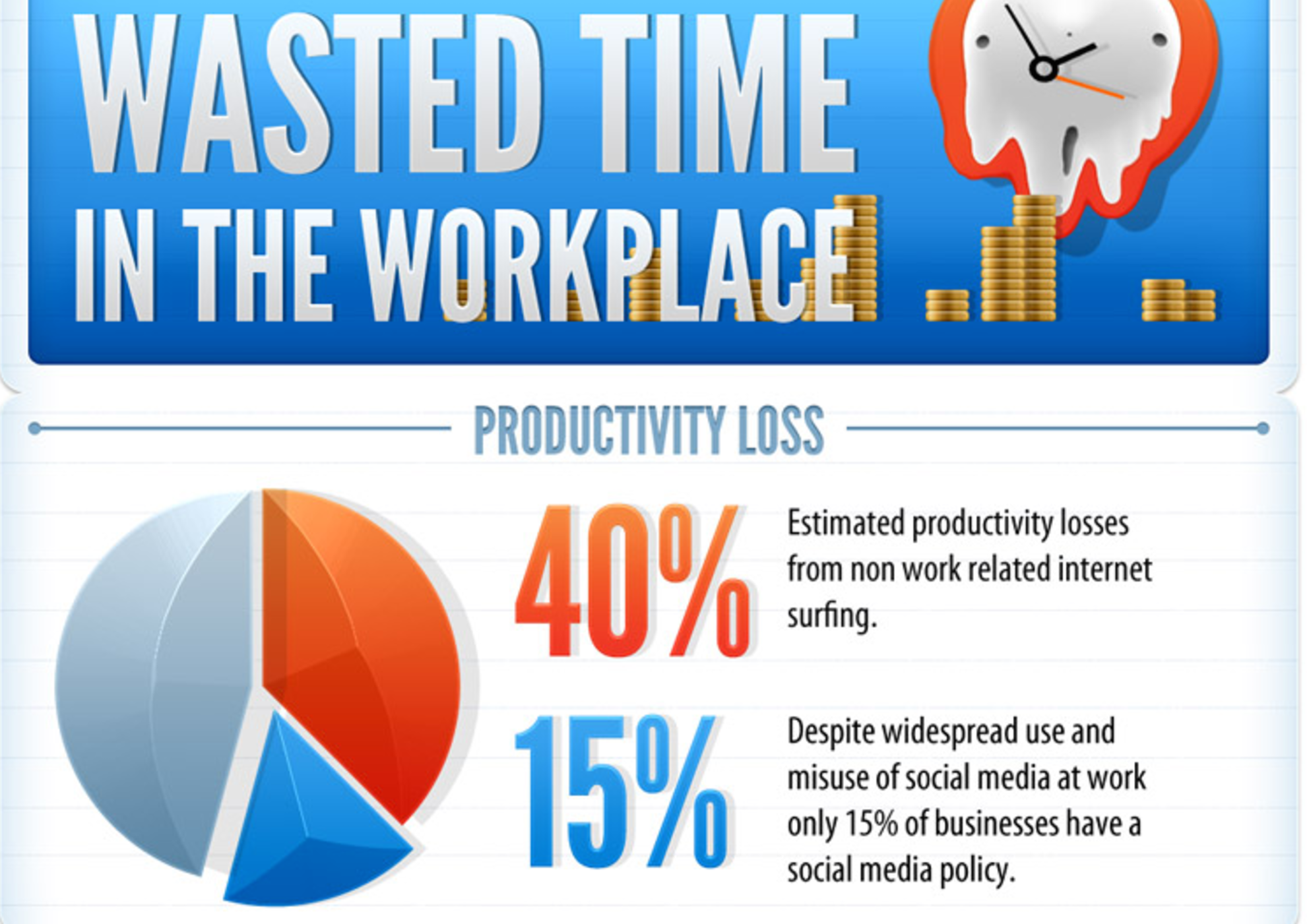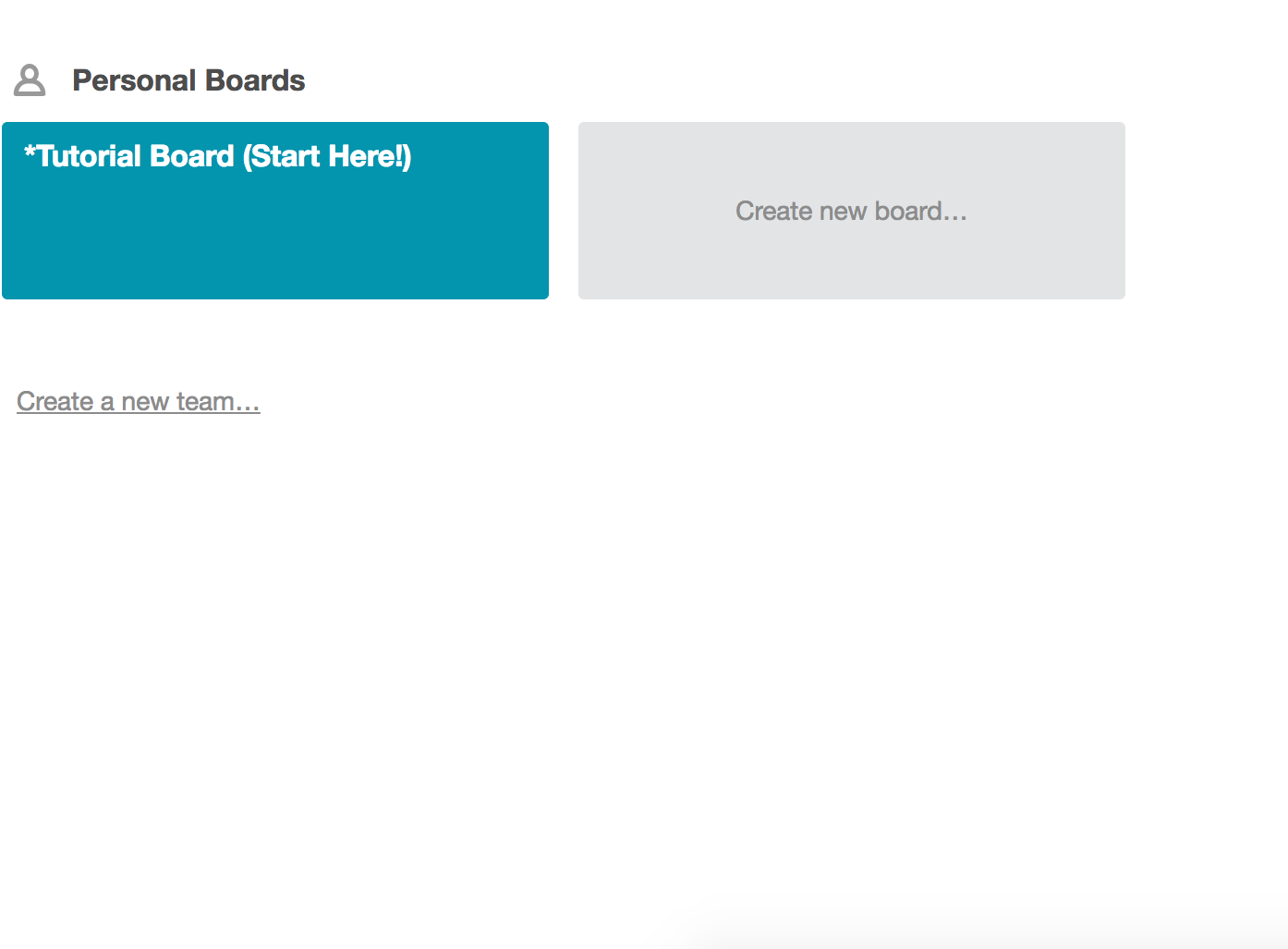It’s the same with blogging. Even “good” things like double-checking (or triple-checking) your work can suck time away from you. Here are some common time wasters, courtesy of Time Doctor: But identifying your tasks isn’t just about sniffing out wasted time. Some great blog post ideas can come out of ideas that seem silly at first. In some cases, absurd ideas can be better than “normal” ideas for blog posts. The great thing about writing down 10 ideas a day is that you’ll become, as James Altucher says, an idea machine. But in a week’s time, you’ll have 70 ideas. In a month’s time, you’ll have 300 ideas. A lot of time when I’m taking an Uber or on a plane, I pull out my phone to work on my articles. That’s why so many people give up blogging, and it’s why blogging seems impossible.

People always ask me how the heck I’ve been blogging for over 10 years.
I usually tell those people that blogging is like any sort of long-term relationship. Some days are great, and others aren’t so great, but you’re in it for the long haul.
On the other hand, blogging is its own animal. It requires a lot of active work, and when you’re starting out, pretty much every day is a hustle.
In other words, blogging successfully takes a lot of work. But that doesn’t mean blogging has to be difficult.
After several years of blogging, I realized there was a process behind it all. I learned how to cure blogging burnout, and I pinpointed the important things I was doing to keep up my blog.
I still find myself working a lot, but it doesn’t feel like work. After you hit the gym for a while, exercising becomes just another part of your day. It’s the same with blogging. And these important things help to make it all easier.
Today, I want to share those important actions with you.
I’m not promising you’ll become a blogging sensation if you do these things, but I am promising that your blog will become better, and you’ll feel better about blogging.
Without further ado, here are 5 things that will help you never quit blogging.
1. Identify and organize your tasks
Stop and think for a minute: What do you do during a typical workday?
By “workday,” I mean the time you set aside for blogging. Let’s say that’s an hour a day.
(If “scrolling through Facebook” is high on your list, your workday isn’t as optimized as it could be.)
You probably can’t name every little thing you do during that hour, but it’s important to be aware even on that tiny level.
You could be wasting time without realizing it. You don’t notice it, but it adds up. Even “good” things like double-checking (or triple-checking) your work can suck time away from you.
Here are some common time wasters, courtesy of Time Doctor:


But identifying your tasks isn’t just about sniffing out wasted time. It’s also about putting yourself on autopilot so you get more efficient at everything you do.
So get out pen and paper or a new text document and write down everything you do in a typical blogging workday. Use timestamps to estimate how long each action takes you.
Don’t leave any small details out. If you refill your water bottle from 12:32 to 12:34, write it down.
This sounds intimidating, but there are some big payoffs.
First, if you’re wasting time, you’ll know what you’re doing and how much time you’re wasting. Then you can make changes to make your day more productive.
For example, if you find that you spend 10 minutes checking Twitter at the beginning of your blogging time, you’ll know you need to stop.

Second, once you know what you have to do, you can structure those tasks.
Try to break down your blogging workday into essential and nonessential tasks. Which essential tasks take priority over others? Map these out and find a way to measure what you’re accomplishing during any given workday.
Author and advisor Tim Maurer uses Trello to organize his daily tasks:

Here’s how you can use Trello to organize your tasks.
If you don’t already have a Trello account, visit Trello.com and click the big “Sign Up” button on the first page.

Fill in your information and hit “Create New Account.”

Once you’ve created an account, you’ll see this screen:

Click “Create new board…” Give your board a name (in our case, “Facebook Ads”).

You’ll see an option to “Add a list…”
But what exactly is a list? Trello uses two main components: lists and cards. Lists are vertical columns that hold cards, which are the smaller parts.
In our case, lists will be for general categories, and cards will be the specific tasks for those categories.
Add a new list and give it a name:

Now you’ll want to add your tasks as cards. Click on the “Add a card…” button at the bottom of each list to add a card to that list.

Now you can customize your cards. For example, if you have “Facebook ads” as a general category, you could list things like “change CTA” and “increase budget” as cards in your list.
A sample list might look something like this:

When you click on cards, you can edit them in this screen:

Organizing your tasks will allow you to put your mind on autopilot. You won’t be stressing out over every little task. Instead, you’ll know how to navigate all the bumps that might get in your way.
You’ll be amazed at how much this process will improve your productivity.
2. Write down 10 ideas every single day

I’m not a genius when it comes to having ideas. In fact, most of my ideas suck.
But not all of them do, and that’s what matters.
Truthfully, everyone has tons of great ideas inside their heads. (Yes, that means you too!) But too many people never realize this.
The way to get good ideas is to get lots of ideas and throw the bad ones away.
And that’s exactly what you should do. Specifically, you should try to write down at least 10 ideas every single day.
They don’t have to be good ideas––they just have to be ideas. You can weed out the bad ones later.
There are lots of ways to record your ideas, but James Altucher recommends carrying a waiter’s pad with you…

COMMENTS